2021-01-25
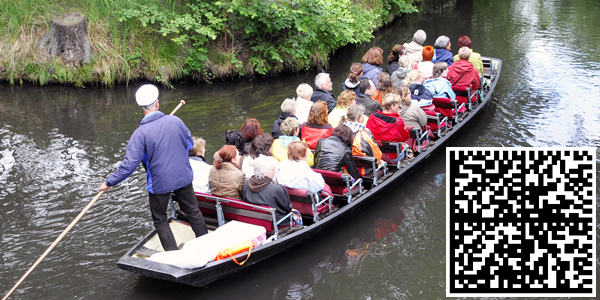
Welcome to the virtual world trip on the first stop: Germany. The local Official FLAGSTACK Volunteers - thwe16, CacheKidsCB and asp_fan_cb to be exact - present you the eighth of the 10 highlights of sights…
From Dresden, the journey continues to Brandenburg in the Spreewald.
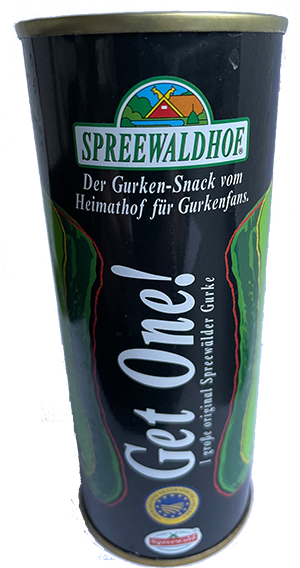 |
The Spreewald is an extensive lowland area and a historic cultural landscape in the southeast of the state of Brandenburg. The main feature is the natural river branching of the Spree, which was significantly expanded by created canals. As a floodplain and moor landscape, it has supraregional significance for nature conservation and is protected as a biosphere reserve. The many natural rivers and man-made canals have a total length of over 970 kilometers. Around 18,000 animal and plant species exist in the Spreewald biosphere reserve. In 1991, the Spreewald received UNESCO recognition as a biosphere reserve. Already 830 species of butterflies, 113 mussels and snails and 18 amphibians and reptiles have been recorded. 48 dragonfly species, 36 fish species, 45 mammal species and 138 breeding bird species have been counted so far. There are a few regional features in the settlements / towns: |
The Spreewald is known throughout Germany as a tourist destination and for the production of natural organic products, especially the Spreewald gherkin.
Boat trips of the Spreewaldtouristik take place from Luebbenau, Luebben, Schlepzig, Straupitz, Burg, Lehde, Raddusch and Neu Zauche, among others. Around the year 1950, 400,000 passengers were counted. By the mid-1980s, this figure had risen to a record of around three million passengers a year, and as of 2018 it stands at around just under one million.
And it really does exist: The Spreewald Gherkin Cycle Route leads over 260 km through the UNESCO Biosphere Reserve Spreewald past picturesque rivers and romantic villages as well as numerous sights, cucumber fields and cucumber pickling plants.
So much nature - so many gherkins.
We leave for today with green greetings
Your Team FLAGSTACK
PS: Have you scanned the Friend Flag Code yet??? (Code Valid until 27.01.2021 - 18:00)
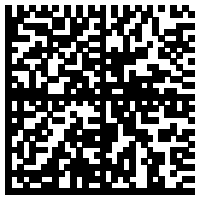
2021-01-23

Welcome to the virtual world trip on the first stop: Germany. The local Official FLAGSTACK Volunteers - thwe16, CacheKidsCB and asp_fan_cb to be exact - present you the seventh of the 10 highlights of sights…
We continue flipping through the pages, leave the Anna Amalia Library and move on to Dresden to the Frauenkirche (Church of Our Lady).
A church for women only? No, it has nothing to do with the name... The original name of the Dresden Frauenkirche was "Unserer Lieben Frauen" (Our Lady), referring to Mary, the mother of Jesus. The name, shortened over time to "Frauenkirche," was retained even after the Reformation, although the Protestant Church does not practice the veneration of Mary. Churches of Our Lady can be found in over 100 German cities, such as Meissen, Munich, Nuremberg or Bremen. There are also many churches, chapels and monastery churches with this name abroad, for example in Belgium or France ("Notre Dame"), in Norway ("Vår Frue kirke"), Denmark ("Vor Frue Kirke"), Italy ("Nostra Signora"), Canada ("Basilica of Our Lady") and even in Haiti ("Cathédrale Notre-Dame").
The Frauenkirche Dresden looks back on a thousand-year history. The various predecessor churches were already dedicated to the Mother of God and bore the name Frauenkirche. In the 18th century, George Baehr's famous domed building was erected, which dominated Dresden's cityscape for two hundred years. Just before the end of the Second World War, the church was destroyed. Its ruins remained as a memorial in the heart of the city.
A full 60 years had to pass before the Frauenkirche could once again open its doors to the people in its full baroque beauty. The first efforts at reconstruction had already been made in the last months of the war. However, since the reconstruction of a church was not a priority in the GDR, the conditions were not in place until after the political turnaround. Over a period of 11 years, the church was rebuilt piece by piece - true to George Baehr's specifications and using historical materials as far as possible.
By the way, the church has a height of 91.23 m, the dome has a height of 24.00 m. Overall, it is one of the largest sandstone buildings in the world.
Today, the church is open to Dresdeners and tourists alike as a "city church"; it does not have its own parish. The Frauenkirche can be visited daily from 10 a.m. to 6 p.m., but with regular restrictions during events and concert rehearsals.
Due to the destruction fate and the successful reconstruction, the Dresden Frauenkirche has become a landmark for tolerance and peace worldwide.
With such a kind thought, we say goodbye for today.
See you soon…
Your team FLAGSTACK
PS: Have you scanned the Friend Flag Code yet??? (Code Valid until 25.01.2021 - 18:00)
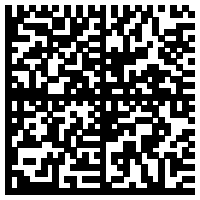
2021-01-21
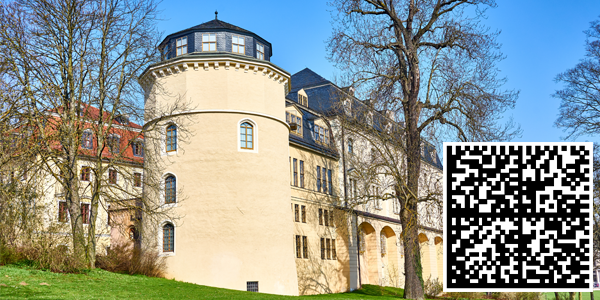
Welcome to the virtual world trip on the first stop: Germany. The local Official FLAGSTACK Volunteers - thwe16, CacheKidsCB and asp_fan_cb to be exact - present you the sixth of the 10 highlights of sights…
From Kassel's fairy tale world, we move on to the Anna Amalia Library in Weimar, Thuringia:
The Duchess Anna Amalia Library has been one of the most famous libraries in Germany since the 18th century. It owes its fame to its princely benefactors Wilhelm Ernst, Anna Amalia and Carl August as well as to its librarians, among whom Johann Wolfgang von Goethe was the most important. Since 1998, the Duchess Anna Amalia Library has been a UNESCO World Heritage Site as part of the "Classical Weimar" ensemble.
The Duke's Library was founded in 1691, when Duke Wilhelm Ernst made his collected 1,400 books available to the public. In the following thirty years, its collection increased to 11,000 books.
Until 1766, the library was housed in the Residence Palace. It then moved to the Green Palace.
Goethe led it to become one of the most important libraries in Germany at that time, and the book collection developed to 80,000 books during his tenure.
In May 2002, an expansion project began to create a library center for Weimar with two stacks for 1.4 million books. The project, which cost 23 million euros, was completed in February 2005.
At the beginning of September 2004, there was a fire on the second floor of the Rococo Hall - fortunately, about 28,000 books were saved. One of them was the first complete edition of Luther's translation of the Bible from 1534. Unfortunately, 50,000 books and 35 paintings from the 16th-18th centuries were completely lost, and many more were damaged by fire and extinguishing water.
The research library has a collection of about 1 million books. The Herzogin-Anna-Amalia-library preserves texts from the 9th to the 21st century as evidence of cultural history and sources of research, indexes them according to formal and content-related aspects and makes them available for use. The focus is on the collections on cultural and literary history around 1800.
If your interest in historical literature leads you to Weimar and you are interested in a tour, please note that the number of visitors to the Rococo Hall is limited for conservation reasons and tours are only possible at fixed times.
Literary greetings
Your team FLAGSTACK
PS: Have you scanned the Friend Flag Code yet??? (Code Valid until 23.01.2021 - 13:00)
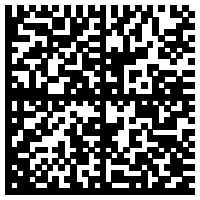
2021-01-19
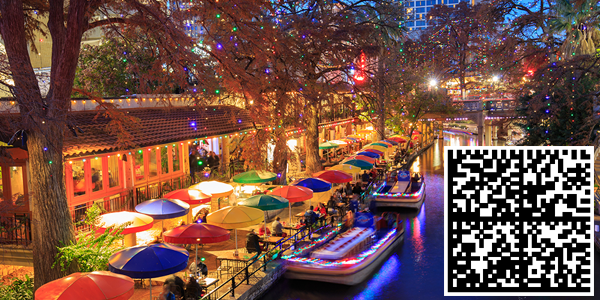
Welcome to the virtual world trip on the first stop: Germany. The local Official FLAGSTACK Volunteers - thwe16, CacheKidsCB and asp_fan_cb to be exact - present you the fifth of the 10 highlights of sights… You think we're telling fairy tales???
From the Cologne Cathedral we continue to the Grimmwelten in Kassel. Behind the 7 mountains, at the 7 dwarfs...
|
In the Grimmwelt Kassel, the Brothers Grimm (Jacob and Wilhelm) and their fairy tales arrive in the present day. Artistically, medially and interactively, this newly created experiential space conveys the fascinating life, work and impact of the Brothers Grimm. Some special highlights in the Grimmwelt are the hand copies of the Children's and Household Tales from 1812/1815 with handwritten annotations by the Brothers Grimm (since 2005 UNESCO "Memory of the World"), the work "Colored Roots" in the area "HOLZWURZEL", which Ai Weiwei designed especially for Grimmwelt and donated to the city of Kassel, or the fascinating work on the German dictionary by Ecke Bonk entitled "Random Reading / Buch der Wörter" (Random Reading / Book of Words), which already captivated the audience at documenta XI and can now be presented permanently at Grimmwelt. |
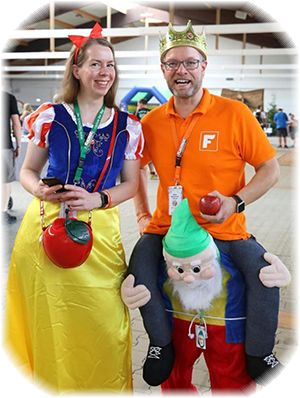 |
A special highlight in 2018 was the big GPS game event ;-) under the motto "Project Fairytale". Team FLAGSTACK had MEGA fun with many, many players and fairytale-like costumes as Snow White and the 7 Dwarfs!
Fanciful greetings
Your team FLAGSTACK
PS: Have you scanned the Friend Flag Code yet??? (Code Valid until 21.01.2021 - 10:00)
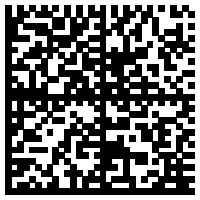

2021-01-17
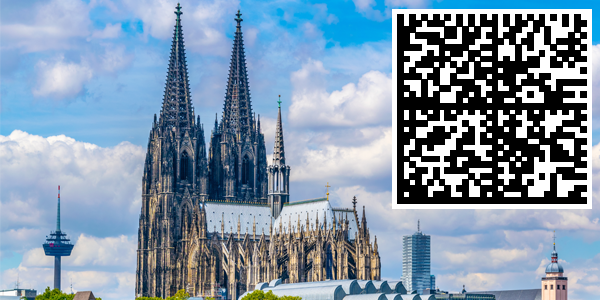
Welcome to the virtual world trip on the first stop: Germany. The local Official FLAGSTACK Volunteers - thwe16, CacheKidsCB and asp_fan_cb to be exact - present you the fourth of the 10 highlights of sights… We’re sure you've seen this in books before...
From the wine festival in Cochem we continue to the Cologne Cathedral - yes right, in Cologne :-)
Officially it is called "High Cathedral Church of Saint Peter" and is a Roman Catholic Church. Cologne Cathedral is one of the largest cathedrals in the Gothic architectural style. Its construction was begun in 1248 and was not completed until 1880. Some art historians have called the cathedral a "perfect cathedral" because of its uniform and balanced architectural form. The cathedral has been a UNESCO World Heritage Site since 1996 and is one of the most visited sights in Germany.
On August 15, 1248, Archbishop Konrad von Hochstaden laid the foundation stone of today's High Gothic cathedral. The architecture of the new cathedral was closely based on the most modern French architecture, especially the Amiens Cathedral or the Sainte-Chapelle in Paris. Little more is known of Cologne's first cathedral architect than the name: Master Gerhard.
In 1448 and 1449, the two largest bells of Cologne Cathedral dating from the middle Ages and still preserved today, the Pretiosa and the Speziosa, were cast on site.
In 1842, King Frederick William IV of Prussia laid the foundation stone for the completion of the cathedral.
The completion of the nave and transept was followed by the completion of the towers from the mid-1860s. The cathedral construction company, which employed more than 500 people at the time, relied on state-of-the-art construction technology, such as winch carriages that traveled on railroad tracks across the construction site or the use of a steam engine. When the cathedral was finally completed in 1880, it was the tallest building in the world with its two towers over 157 meters high - this despite the fact that the medieval facade plan, which had been drawn up 600 years earlier around 1280/90, had been adhered to very closely during their construction.
Today, however, the main focus of the Cologne Cathedral Builders' Association is the restoration of the stonework, which has been severely damaged by weathering and environmental influences, as well as the conservation and protection of the valuable historic windows.
To this day, the cathedral is the second tallest building in Cologne after the telecommunications tower. The almost 8,000 square meters of floor space of the cathedral can accommodate more than 20,000 people (when there is no pandemic).
Warm greetings from the Rhine / Ne leeve Jross vum Rhing
Your team FLAGSTACK
PS: Have you scanned the Friend Flag Code yet??? (Code Valid until 19.01.2021 - 17:00)
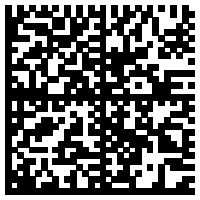
2021-01-15
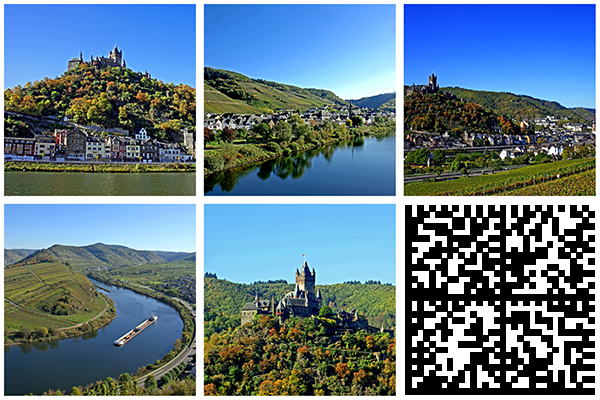
Welcome to the virtual world trip on the first stop: Germany. The local Official FLAGSTACK Volunteers - thwe16, CacheKidsCB and asp_fan_cb to be exact - present you the third of the 10 highlights of sights…
From the island of Mainau in Lake Constance, we continue to the wine festival in Cochem on the Moselle. On the last weekend in August, Cochem celebrates the Heimat- und Weinfest, which is one of the largest and most beautiful on the Moselle.
On the Moselle promenade and in Cochem's "good parlor," the market square, there will be extensive celebrations. At the numerous wine stands, noble Riesling wines and sparkling Riesling wines can be tasted. On two stages, many bands and show bands will provide first-class entertainment. And of course the physical well-being will not be neglected.
The highlight is always the Sunday. At 2:00 p.m. the big parade starts through the streets and alleys of Cochem's city center. At 10:00 p.m. the visitors can expect the colorful brilliant fireworks.
Gourmet greetings
Your team FLAGSTACK
PS: Have you scanned the Friend Flag Code yet??? (Code Valid until 17.01.2021 - 11:00)
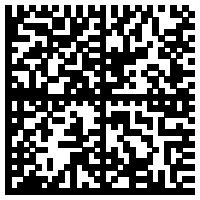
2021-01-13
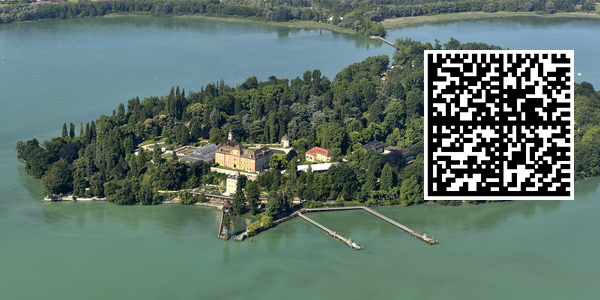
FLAGSTACK Virtual World Trip - Stop Germany - 2 of 10
Welcome to the virtual world trip on the first stop: Germany. The local Official FLAGSTACK Volunteers - thwe16, CacheKidsCB and asp_fan_cb to be exact - present you the second of the 10 highlights of sights… Have you ever been there?
From Neuschwanstein Castle, the tour continues to Mainau Island in Lake Constance. This island is the third largest island in Lake Constance with an area of about 45 hectares.
The island belongs to the Litzelstetten district of the city of Constance and has been owned since 1974 by the non-profit "Lennart Bernadotte Foundation" founded by Count Lennart Bernadotte.
Due to the favorable climate of Lake Constance, palms and other Mediterranean plants grow on the drop-shaped island. Because of its rich subtropical, partly tropical vegetation, Mainau is also called the "flower island in Lake Constance".
In addition to the historic buildings, the heart of the "Island of Flowers" is the park-like arboretum of Mainau Island, which was established by Grand Duke Friedrich I from 1856 onwards, with its 500 different species of deciduous and coniferous trees, some of which are rare and valuable. Among them is one of the oldest primeval sequoia (Metasequoia glyptostroboides) in Germany. The tree, which originates from China, was planted out in the riverside garden in 1952 as a small tree 70 centimeters tall.
In the butterfly house on the island, which is open year-round and is the second largest of its kind in Germany at about 1,000 square meters, visitors can walk between 25 °C and 30 °C heat and 80 to 90 percent humidity through a tropical-looking environment with waterfalls and exotic plants. Depending on the season, 700 to 1000 colorful butterflies of up to 80 different species, mainly of South American origin, fly freely among the visitors.
Concerts and exhibitions are regularly held on the island. Every year, about 100 couples get married here. Not only the baroque castle church of St. Mary on the island is a place for church weddings, the municipal registry office also regularly organizes outside appointments for civil weddings.
Flower fragrance filled greetings from
your team FLAGSTACK
PS: Have you scanned the Friend Flag Code yet??? (Code Valid until 15.01.2021 - 10:00)

2021-01-12
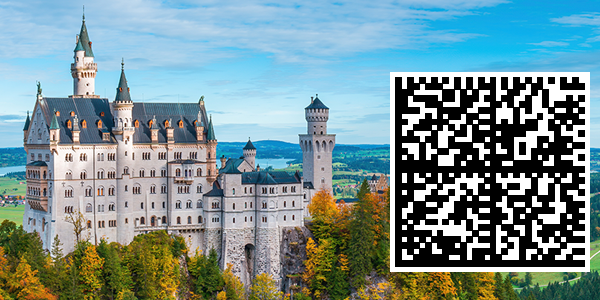
FLAGSTACK Virtual World Trip - Stop Germany - 1 of 10
Welcome to the virtual world trip on the first stop: Germany. The local Official FLAGSTACK Volunteers - thwe16, CacheKidsCB and asp_fan_cb to be exact - present you the first of the 10 highlights of sights... Let's see which ones you might not know yet!
We start in the south of Germany, near Fuessen in the Bavarian Allgaeu. Here it stands, the dream of King Ludwig II turned to stone: Neuschwanstein Castle!
This building was built from September 1869 for the Bavarian King Ludwig ll as an idealized image of a knight's castle from medieval times. It was equipped with the (then) most modern technical achievements.
The first building to be completed was the gatehouse in 1873, where the fairy-tale king lived for many years. The topping-out ceremony did not take place until 1880, and the first rooms were ready for occupancy in 1884. This castle was his last residence before he was taken to Berg Castle on Lake Starnberg, where he died mysteriously shortly afterwards. When the king died in 1886, Neuschwanstein had not yet been completed.
Today, Neuschwanstein Castle is a magnet for visitors from all over the world. From the Marien Bridge (built for King Ludwig's wife Marie to better reach the mountains) you have not only a unique view of the fairy-tale castle but also of the imposing Poellat Gorge. Neuschwanstein is the most famous of Ludwig II's castles and one of the most famous sights in Germany. It is visited by about 1.5 million tourists every year.
The complex was the model for several buildings around the world, most notably the Sleeping Beauty Castle at the Disneyland Resort in Anaheim, California. The Sleeping Beauty Castle at Disneyland Paris was also modeled on the Bavarian "fairy tale castle" and follows the international classification that associates the sight of Neuschwanstein with Disney's Cinderella or with Aschenputtel. The same can be said of the Excalibur Hotel & Casino in Las Vegas.
Fairy tale greetings - thought from Neuschwanstein Castle in Allgaeu, Germany
Your team FLAGSTACK
PS: Have you scanned the Friend Flag Code yet??? (Code Valid until 14.01.2021 - 10:00)
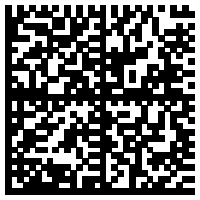
2021-01-10
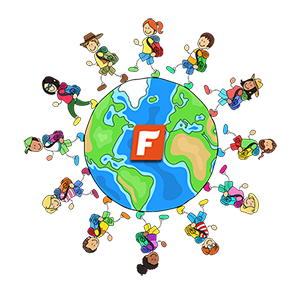
Hello FLAGHUNTER!
The Official FLAGSTACK Volunteers go on a virtual world trip and will take you with them! Let your imagination run wild and come with us on this virtual journey :-)
In January, you can expect a total of two tasks for the virtual "World Trip - Stop Germany". Read them carefully and then, above all, have fun completing them...
Task 1:
Start of the virtual world trip is the home country of the FHQ and the volunteers thwe16, CacheKidsCB and asp_fan_cb, in other words in Germany.
The volunteers have chosen 10 highlights to share with you in the coming days. You will receive emails about these 10 selected sights in Germany until the end of the month. In every email there is a Friend Flag hidden, which you have to capture within 48 hours after sending this email, to get the badge "World Trip - Station Germany" at the end!
You think it's tricky? Yes, admittedly it is, but anyone can do it easily. It requires your absolute attention over the next few days - so don't miss any of the mails!
If you have collected all the stops-badges of this world trip over time, you will also get a world trip badge!
What else generally belongs to the culture of a country? You are right - the food!
We have chosen a traditional dish for you, which is known all over Germany - maybe even all over the world: the Hamburg Pannfisch!
You will get the complete recipe for the Hamburger Pannfisch (at the end of this email) with the invitation to cook this by yourself. Yes, in real life, not virtually ;-)
Task 2:
For cooking you need all the ingredients, of course. Some of them are in the kitchen, but you still need 8 ingredients. Where can you get them? You can find them on the FLAGSTACK map for the duration of the "World Trip - Station Germany"!
Look on the map for potatoes, onions, fish, flour, oil, salt, butter and milk! Once you have collected all the 210 missing ingredients, you will get a delicious badge for it. Wait and see, maybe you can even smell the aroma of Hamburg Pannfisch?!
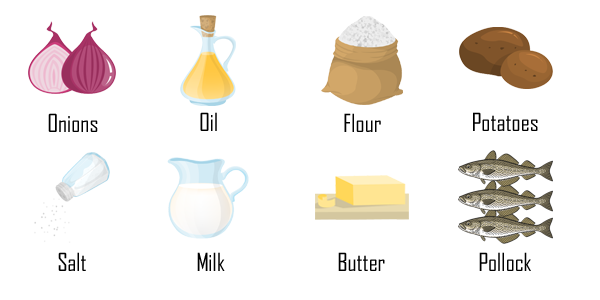
If you have collected all the recipe badges of this world trip over time, you will also get a world trip delicacy badge!
And when you have achieved this and the above mentioned world trip badge, then as a bonus there is a complete diligence sticker ;-)
Is your mouth watering just reading this? When we're done writing, we have to go straight to the kitchen and raid the fridge ;-)
Start of the two campaigns for the virtual World Trip - Stop Germany is on 11.01.2021 in the course of the day. Step by step you will receive the mails with the sights and the Friend Flags.
At the same time, you can start picking up the ingredients on the map.
End of the campaign for the virtual "World Trip - Stop Germany" is 31.01.2021, 23:59, time zone FHQ/Europe/Berlin.
Are you still missing ingredients in your area? We recommend you to enter the virtual FLAGSTACK supermarket! Here you will get everything!
https://flagstack.help/produkt/virtuelle-weltreise-rezept-de
https://flagstack.help/produkt/the-corona-survival-kit-01-21/?lang=en
or also here
https://www.flagstack.net/shop
Have fun cooking, eating and snacking on these tasks ;-)
Stay safe!
Your Team FLAGSTACK
PS: For the Recipe Badge you can collect the following types of flags: Happy Holiday Flags, Green Flags, Oracle Flags, White Flags, Jumper Flags and Jumper Flag +, Eternal Flags, Treasure Flags, Friend Flags and Friend Flag +.
PPS: This is the recipe for the Hamburger Pannfisch:
Ingredients list
- 800 g cooked, cooled unpeeled boiled potatoes
- 1 onion
- 100 g bacon cubes
- 4 tablespoons oil
- salt, pepper, sugar
- 2 tablespoons butter
- 6 level tablespoons flour
- 200 ml cold milk
- 1/2 teaspoon vegetable broth (instant)
- 2 tablespoons grainy mustard
- 8 pieces of pollock fillet (approx. 600 g; approx. 3 cm thick)
1) Cut potatoes into slices. Peel onion, dice finely. Fry bacon in a large frying pan by itself until crispy. Sauté onion briefly. Remove bacon mixture from pan, heat 2 tablespoons oil in it. Fry potatoes in it for about 12 minutes. Finally, add bacon mix again and fry briefly. Season with salt and pepper.
2) Meanwhile, for the mustard sauce, heat the butter in a saucepan over medium heat and sprinkle 2 tablespoons of flour. Stir in with a whisk and sauté until the butter is light in color. Add milk, then 200 ml cold water while stirring. Bring to a boil while stirring. Stir in broth and simmer for about 3 minutes. Stir in mustard. Season to taste with salt, pepper and sugar. Keep warm.
3) For the fish, rinse fillet pieces under cold running water and pat dry well. Season with salt and pepper. Put the rest of the flour on a plate, turn the fish in it and lightly tap off excess flour.
4) Heat 2 tablespoons of oil in a second large frying pan. Place the pieces of fish with some distance between them and fry for about 3 minutes on each side, turning only when the fish easily comes away from the bottom of the pan.
The fish is cooked when it can be easily divided and no longer looks translucent but shiny white. Serve with the fried potatoes and the sauce.
Enjoy your meal!
2021-01-06
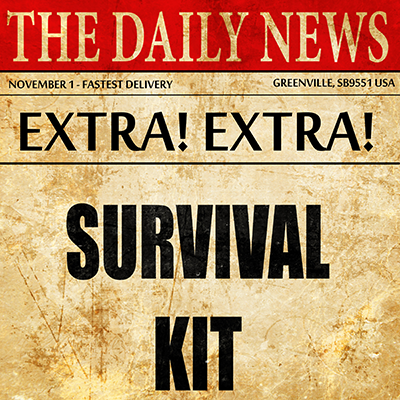
Hello FLAGHUNTER,
Don’t you actually want to read / see / hear it anymore? For almost a year now, we have all been feeling the global effects of a pandemic daily.
During this time, we have learned that we can always consciously rethink how to deal with negative things in a positive way.
We give up many nice habits like traveling and meeting friends. And at the same time, we are also developing more and more ideas about how to live our lives at home with digital support, making it go on and on...
FLAGSTACK can help you spend some time in your home zone being outdoors or staying in touch with like-minded people.
The big question is: How can YOU play FLAGSTACK at YOUR HOME without endangering YOURSELF or OTHERS unnecessarily and still respect the regionally different Corona regulations? How can YOU stay in contact with people worldwide who share the same hobby like YOU with FLAGSTACK?
Sometimes the answers are so simple, so obvious. And that's exactly why we've prepared a great campaign for you:
The Corona Survival Kit 01.21
Included is the following fun - ahem - content:
3x Jumper Flag + (worth 6.99€ each)
3x Second Chance Options (worth 2.99€ each)
3x Friend Flag + (worth 4.99€ each)
2x Happy Holiday Options (worth 2.99€ each)
As a big extra: you get a personal 50% discount voucher for the webshop
And as a very big thank you, there is also a badge attached to this Corona Survival Kit 01.21!
This offer has a total value of over 50€ - and you get this fun for 25€!
As you can see, with the CSK 01.21 you get an "all-round worry-free at home" FLAGSTACK package for a lot of good mood and little money!
Where can you get the CSK 01.21? With just one click here on this link to the fan store.
And how do you stay in contact with the FLAGSTACK community? Just post your three new Friend Flag + from the CSK 01.21 in one of the numerous "relevant" web channels, such as the Friend Flag Facebook group or the following website...
https://www.facebook.com/groups/720457278076417
https://friendflag.flagstack.help/
Or chat with people at FLAGSTACK via app or web and share "likes" for the creative pictures with Friend Flags. Stay in touch and get some points on the side :-)
FLAGSTACK is a virtual game with a currently virtual community, but all this as real fun for days at home!
With the Corona Survival Kit 01.21 let's look forward to the time when we can meet again at events, master Night Trails or Jump & Run Hotspots together and discover new regions with LABs and COBS or POIs... Until then, we just play with the Corona-compliant game items :-)
Stay safe and hopeful!
Your team FLAGSTACK